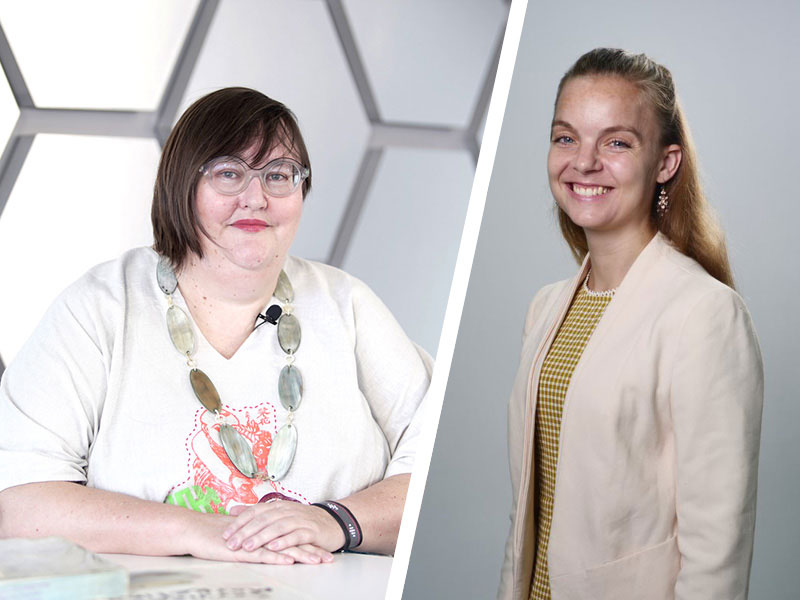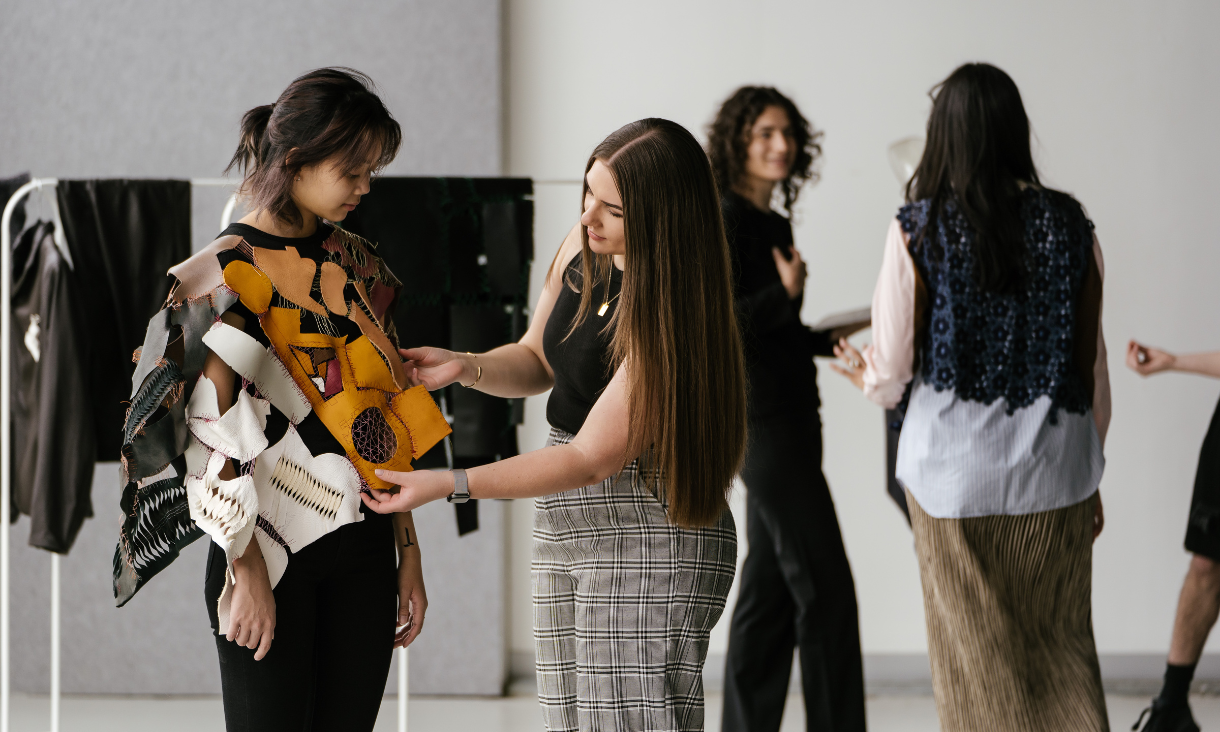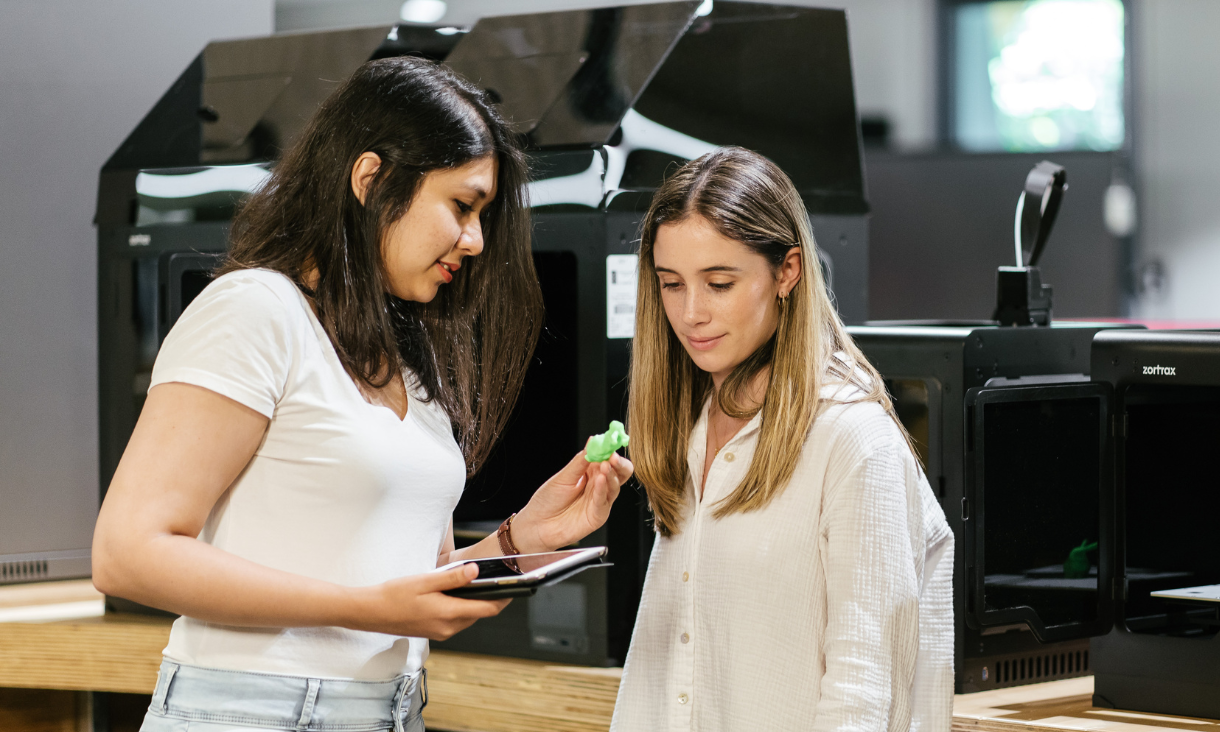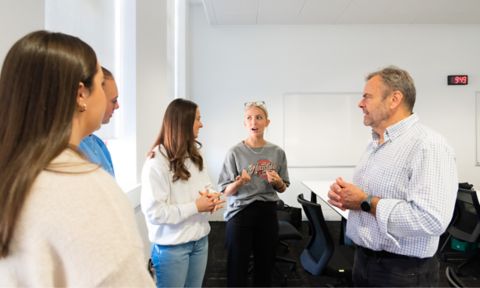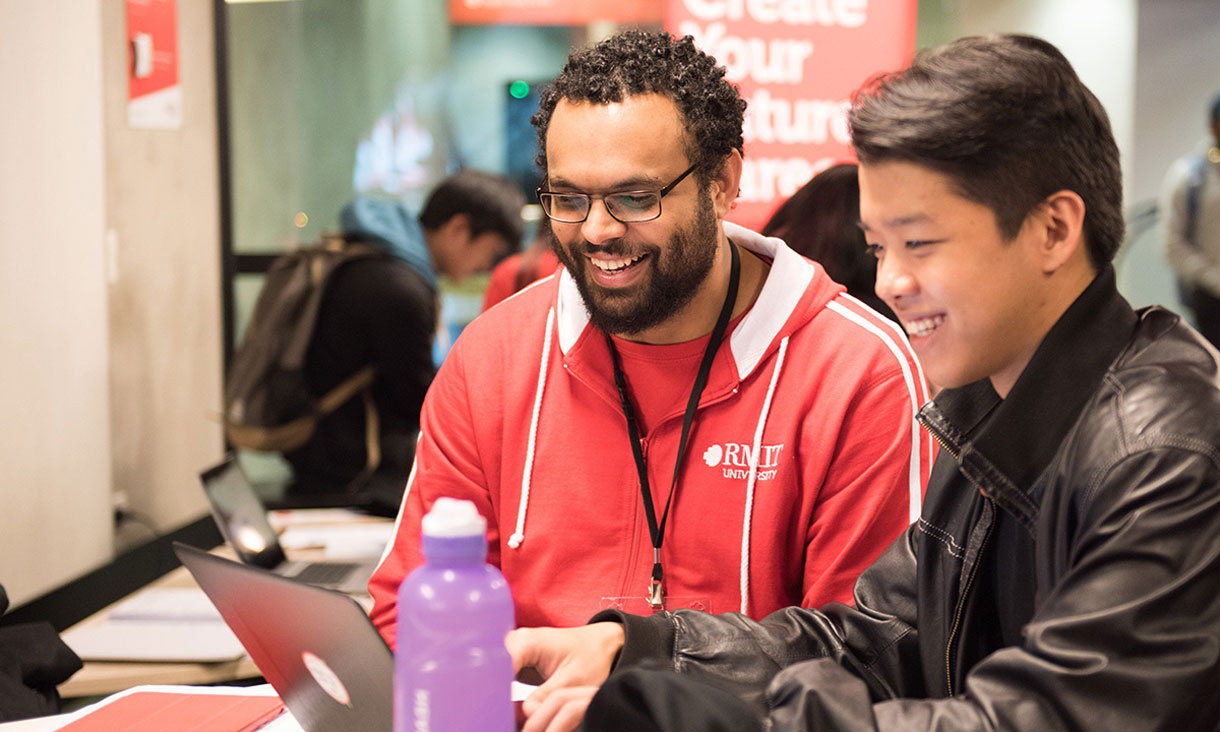The academics have been working together for two years documenting the Vietnamese art scene’s transition to digitisation (which you can read all about in their paper Redressing digital orientalism). However, the challenges of working from home without online access to art or other cultural items meant that they had no resources to talk about Vietnamese art and culture with their students. For both educators, the teaching limitations presented by COVID-19 has cemented the need to use and look for diverse resources in their courses as well as the need to make these works accessible internationally.
As part of their project, they are currently helping to digitise the Vietnamese Women’s Museum collection, particularly their betel nut collection. Much of what is currently available online is “images of war or tourist hotspots” says Emma. Michal notes that the lack of resources makes it difficult to get her Vietnamese students enthused about Vietnamese art. “With my design students, they're very focused on Japan or Korea. They feel that Vietnam doesn't have anything that is as good but that’s not actually true.”
Digitisation is also an opportunity to introduce Vietnamese art and culture (both heritage and contemporary) to international audiences. This has flow on effects to what people think of as art and what they learn about. ‘Decolonizing curriculum’ is difficult when the information that is easily accessible is referring to Western or European works. Having these resources online offers educators and students the opportunity to work with their own heritage, their artifacts and find the stories about them. For both educators, the need to use both academic sources and examples from a range of regions and areas, and genders especially from Vietnam rather than only Western male resources, has become more front of mind.
“It makes a difference when you can actually start to see your culture being reflected back.” - Michal Teague.
Read more about their work documenting the digitisation of Vietnamese art and cultural items, public accessibility and fit-for-purpose solutions on RMIT Vietnam News.
You can also see an example of the digitisation work that has taken place on the Vietnamese Women’s Museum website.
Story by: Kelsie Kruse

